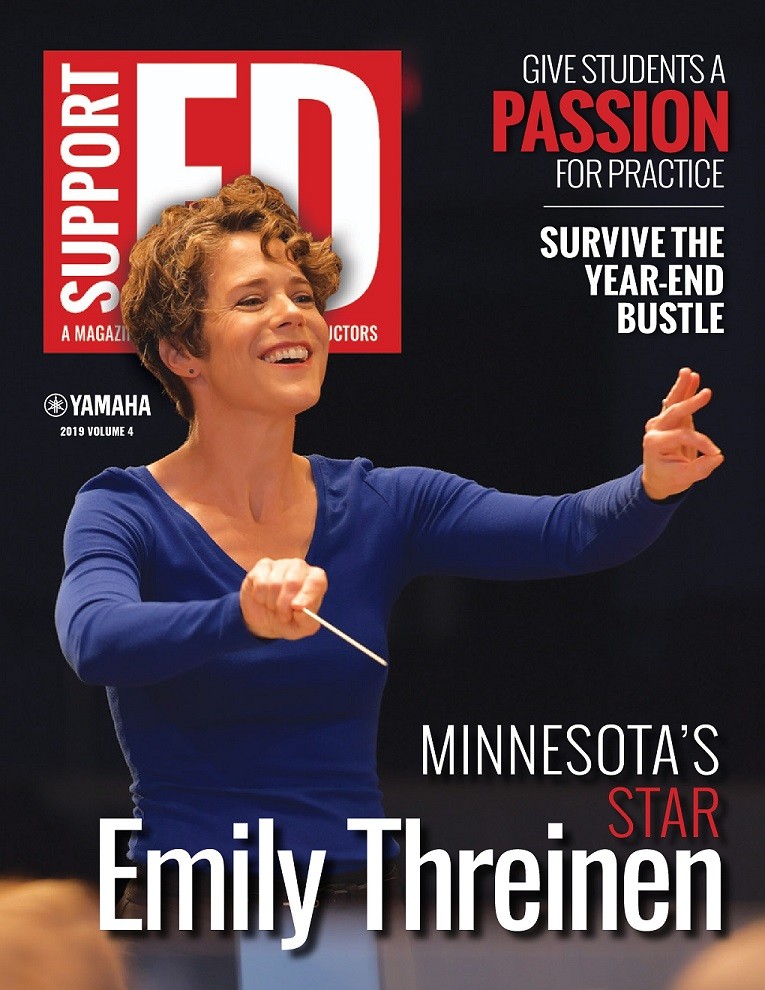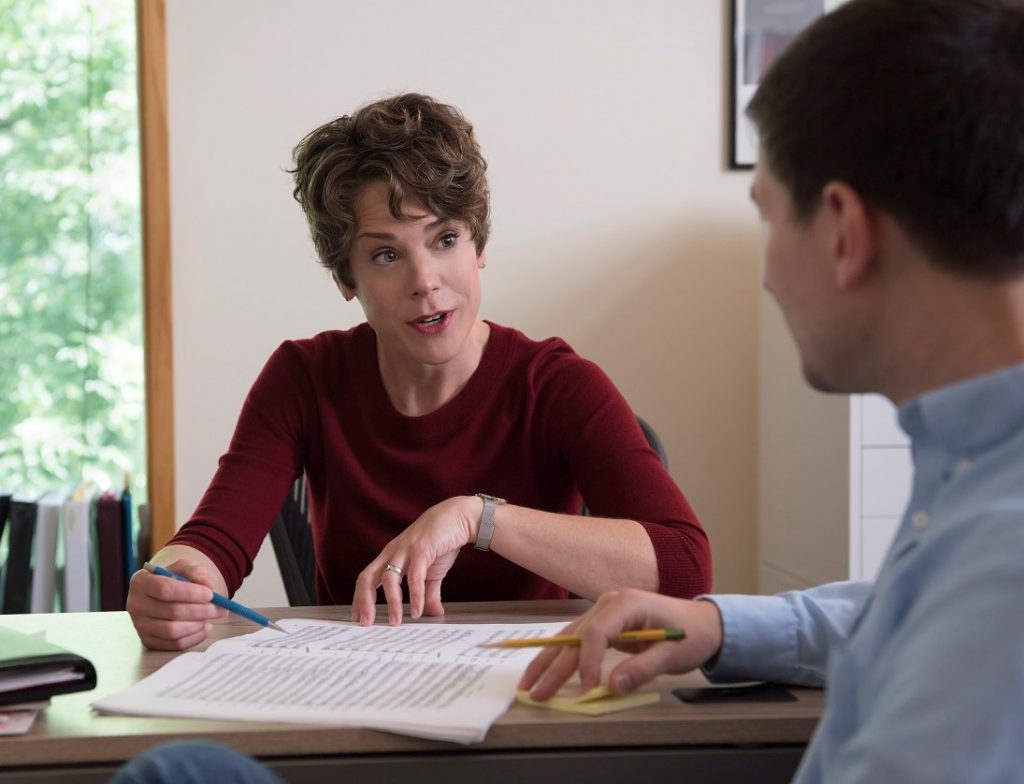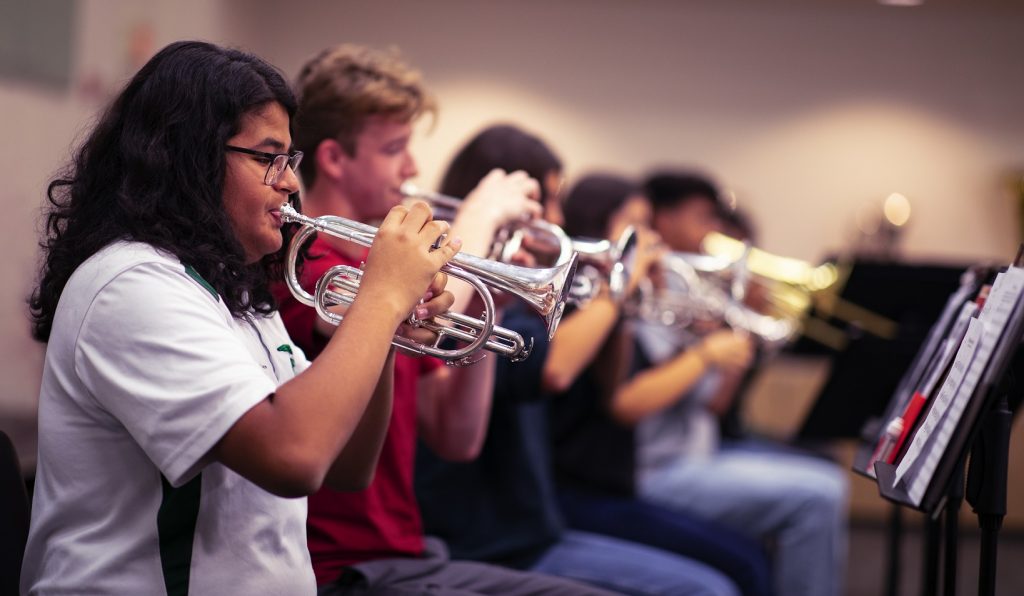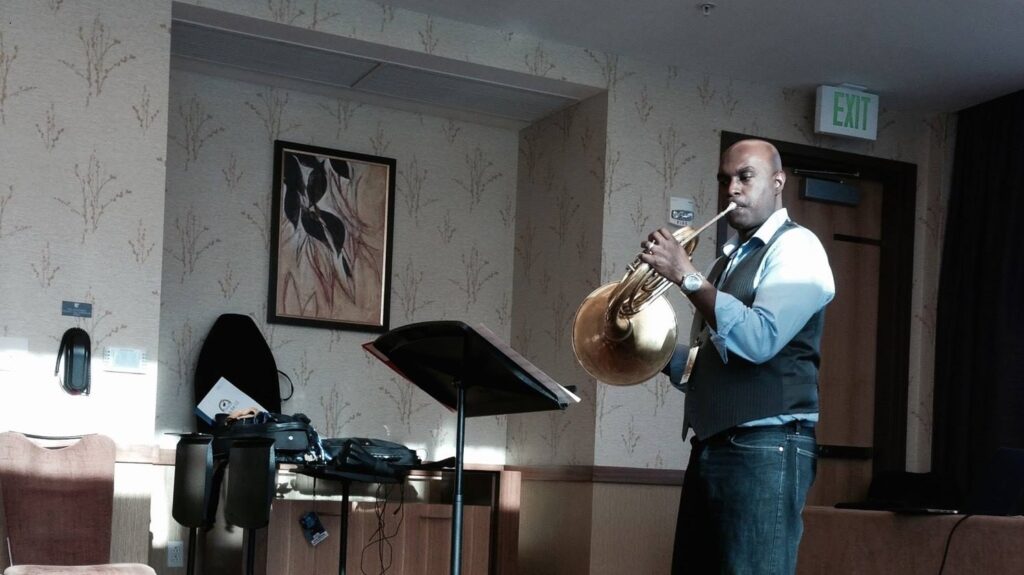Tagged Under:
Inclusive Repertoire
Repertoire should include and celebrate multiple voices of representation.
Dr. Emily Threinen, Director of Bands and Associate Professor of Music at the University of Minnesota, talked about her teaching philosophy in the blog post, Emily Threinen: Music’s North Star.
According to Threinen, contemporary concert programming features repertoire that “celebrates our past, defines our medium, challenges and inspires us, expands our aural expectations and includes multiple voices of representation. We may not always hit the mark, but I believe it’s important to try.”
Threinen, who currently serves on the council of the Institute for Composer Diversity at the State University of New York at Fredonia, says she has recently started to intentionally include lesser-known compositions into her programs. She cites the institute’s Composer Diversity Database as a useful resource for finding repertoire and composers.
“My advice is to continue to expand knowledge of repertoire and composers; have discussions with colleagues, community members and students; be aware of implicit biases; and consider how our repertoire choices may impact individuals or groups,” Threinen says.
This article originally appeared in the 2019 V4 issue of Yamaha SupportED. To see more back issues, find out about Yamaha resources for music educators, or sign up to be notified when the next issue is available, click here.

















